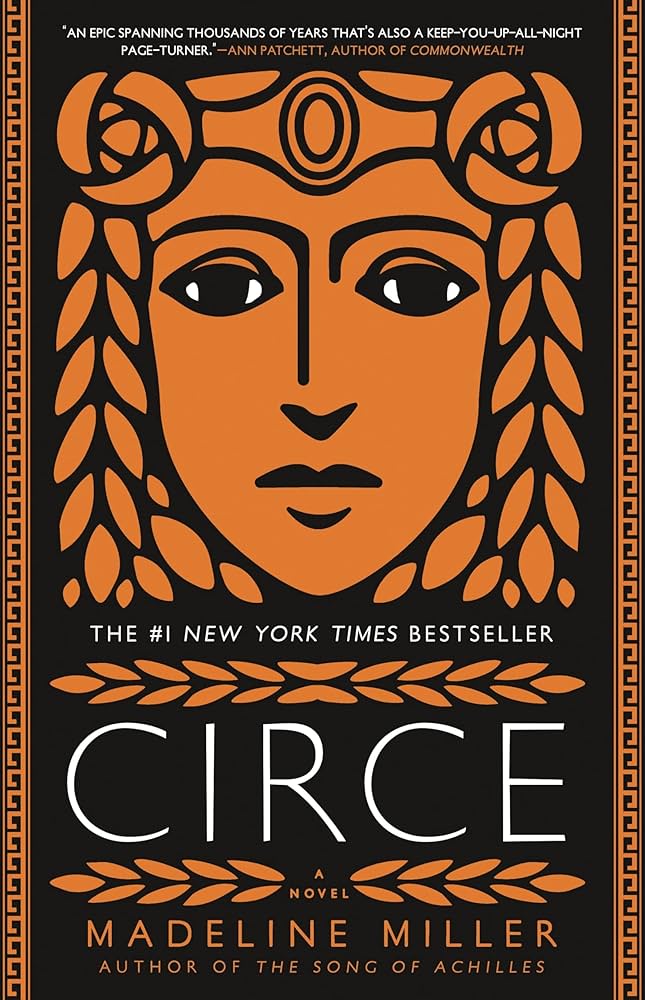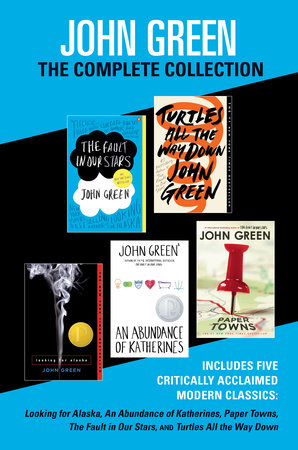Madeline Miller is an established voice in the world of reimagined myths; her talent is clear after her debut with The Song of Achilles. She brings life back into “The Iliad” by delving into the perspective of Achilles’ lover, Patroclus. In her short story “Galatea,” Miller reimagines a tale of a Greek statue in an examination of female empowerment. Miller excels at unearthing the hidden voices in Greek mythology, and “The Iliad” isn’t the only epic poem she has undertaken.
Miller’s spin-off of “The Odyssey” focuses on a strange, marginalized daughter of Helios as she steps into the spotlight. Expected to spread Helios’ sunlit glory, she’s saddled with a thin voice and a face suited for ensnaring only a “mortal prince.” Circe is the main character, and Circe is the book; forget Odysseus, Circe is immortal, and his story is just one part of hers. Circe is first seen through the male eyes of Odysseus and shaped through the voice of a man; this only makes for a more stunning transformation when the doors of her mind are opened. Miller allows her to grow power through womanhood and mistakes. Homer didn’t truly develop her; he let her lie stagnant like a pond so that Odysseus could view his reflection. Miller gives her fortitude and the force of a river raging for decades; Circe is resistant, brooding that “there were no pious men anymore… The spell was polished in my mouth as a river stone.”
Born to Oceanos’ daughter, a naiad who cares more for strings of beads than children, Circe is seen as underfoot from the beginning. She struggles to grow her sense of identity isolated in her father’s halls, where the endless gossip and decades of monotony mute her senses. However, Miller gradually pulls back layers of Circe’s self-doubt to reveal a goddess with the self-possession that we become familiar with in “The Odyssey.” When Circe is exiled to the island of Aiaia, she grows up with freedom from expectations. “All this while, I have been… a ship without the sea. Yet now look where I sail.” Exhilarated, she takes possession of her craft and learns to stand up for herself.
Yet Miller knows that no one grows into themselves without making some mistakes in the process. She seamlessly folds Circe’s literal monsters into the plot, making a character that has long been relegated in Greek mythology stronger through the monsters that the gods love so. Scylla is often put in the same category as Circe, an obstacle to Odysseus, but Circe has a mind of her own as Scylla never does. Circe makes pigs of Odysseus’ men when she gets the sense they will abuse her hospitality; Miller doesn’t want to make Circe gentle and easy to embrace. Miller wants Circe accepted with all her invisible scars.
“Circe” is an excellent book to read to revise old perceptions—of yourself, of childhood myths, of stereotypes. It takes you on a journey asking many pertinent questions: What makes life valuable? Is fame worth its consequences? How much guilt is healthy? Sometimes Circe seems to be trapped in her daily routines, crushing roots and pressing flowers for spells. However, Miller pushes her to confront ships and creates a spontaneous thirst for adventure whenever her routine is sidelined. The reader can occasionally be left baffled by this fluidity of Circe’s contentment. Despite this, Miller needs no explanation for why we should stay. She finds a pacing where Circe can soar through the world, exploring faraway places, while remaining on Aiaia. Circe’s emotions are tangible and they take the place of scenery. You will come to “Circe” wondering what brought her to Aiaia, and leave knowing that Odysseus would have come to her no matter the island.











